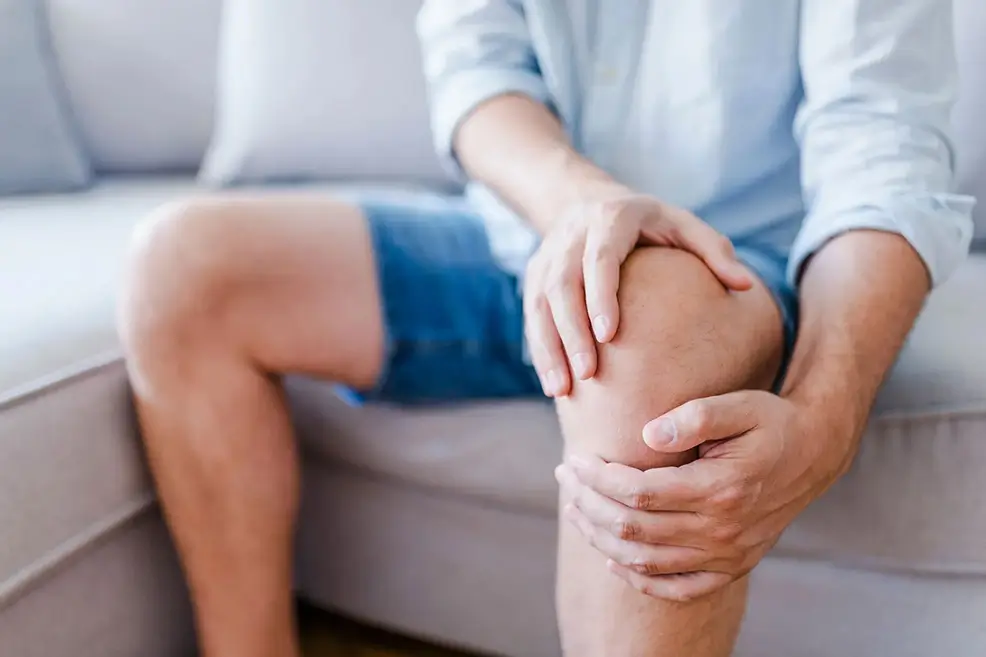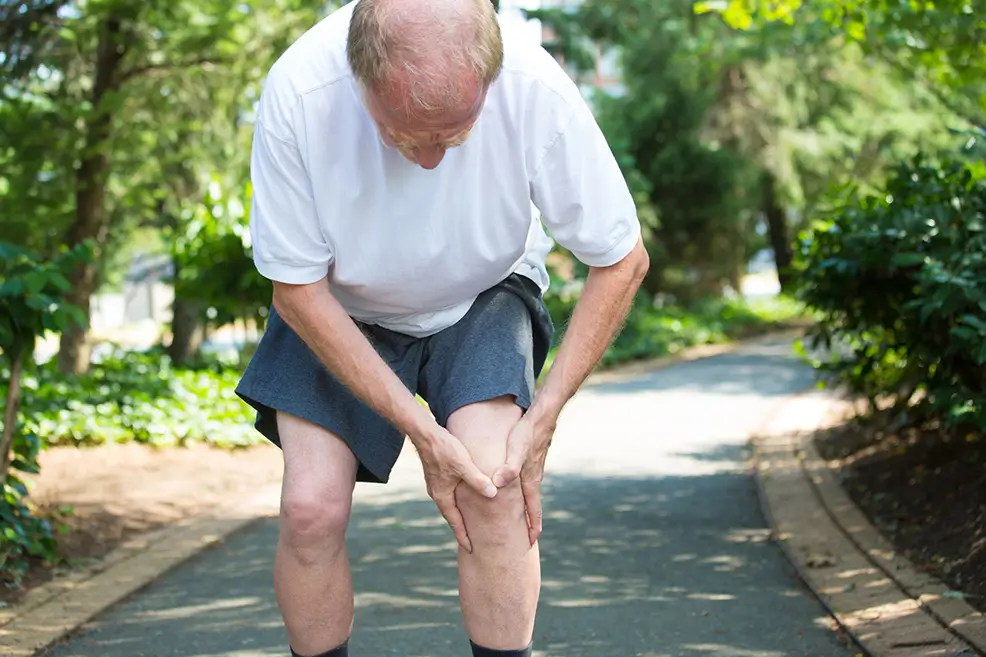Comprehensive Guide to Understanding and Managing Knee Pain
Knee pain is a prevalent issue that affects individuals of all ages, significantly diminishing life quality. This comprehensive guide explores the various facets of knee pain, providing a holistic overview to aid those in search of knee pain relief.
Acute vs. Chronic Knee Pain: Identifying the Difference
Knee pain falls into two main categories: acute and chronic. Acute knee pain is immediate, often due to a fall or twist, whereas chronic knee pain develops gradually, worsening over time without a specific triggering event.
Strains & Sprains: Knowing the Difference
Though commonly grouped, strains and sprains are distinct. Strains involve overstretching or overworking muscles, while sprains affect ligaments.
Preventive Tip:
Always stretch before starting new exercises and gradually increase the intensity, allowing your body to adjust.
Ligament Issues and Their Rise
Increased sports participation has led to more ligament problems, such as ACL and MCL injuries, particularly in high-risk sports like soccer and basketball.

Meniscus Tears: A Common Source of Knee Pain
Meniscus tears are typical among athletes and those over 40, often caused by twisting the knee with the foot planted, aggravated by cleated shoes.
Understanding Fractures and Dislocation
Fractures result from traumatic incidents or repetitive stress, known as stress fractures. Dislocations occur when joints are forced out of alignment without breaking bones.
Chondromalacia: Degradation Over Time
This condition stems from the chronic wear of the kneecap against the femur, manifesting as pain during motion, particularly on slopes.
Navigating Through Different Types of Arthritis
Osteoarthritis:
Wear-and-tear degenerative disease.
Rheumatoid Arthritis:
Causes joint inflammation, affecting multiple joints.
Crystalline Arthritis:
Triggered by crystals in the joint, leading to inflammation.
Prepatellar Bursitis: A Condition for the Kneelers
Inflammation of knee bursae causes significant pain, especially in professions requiring extensive kneeling.

Addressing Knee Pain Through Non Surgical Knee Pain Treatments
Regenerative Medicine
Regenerative Cellular Therapy for Knee Pain
Utilizes the body’s cells to promote healing, differentiating into various cell types to repair tissues like bone, tendon, and cartilage.
Platelet Rich Plasma (PRP) Therapy for Knee Pain
Involves injecting concentrated platelets to release growth factors, stimulating healing in arthritic knees. Noted for its popularity among athletes for treating sprains and chronic tendon injuries.
Knee Injections and Orthotics
Oral medications and injections offer knee pain relief, while orthotics and braces provide support, potentially alleviating knee pain. Hyaluronic acid injections mimic joint fluid, acting as a lubricant.
Exercise and Home Remedies
Customized exercises and remedies, such as the RICE method (Rest, Ice, Compression, Elevation), aid recovery.
Nonsurgical Treatment for Knee Pain
Innovative nonsurgical options like Regenerative Cellular Therapy and PRP Therapy represent the forefront of knee pain treatment, offering hope for relief without invasive procedures. Joint injections, orthotics, ice treatment and compression treatment, braces.
Emphasizing the importance of proper consultation, this guide underscores the necessity of personalized treatment plans crafted with professional insight to navigate the complex landscape of knee pain management effectively.

Conclusion
Understanding and effectively managing knee pain requires a comprehensive approach, from preventative stretching to advanced treatments like regenerative medicine. It’s essential to explore the root cause of pain and consider all available treatment options tailored to your unique situation.
Frequently Asked Question
Regenerative medicine for knee pain involves using techniques such as stem cell therapy or platelet-rich plasma (PRP) injections to stimulate the body’s natural healing processes in the knee joint.
Regenerative medicine techniques like stem cell therapy and PRP injections promote tissue repair and regeneration, reducing inflammation and pain in the knee joint.
Regenerative medicine offers non-surgical, minimally invasive options for treating knee pain, with potentially faster recovery times and fewer risks compared to traditional surgery.
Knee pain can be caused by various factors, including injury, overuse, arthritis, tendonitis, ligament tears, and cartilage damage.
Regenerative medicine can be an alternative to traditional pain medications for managing knee pain, offering long-term relief by addressing the underlying cause rather than just masking the symptoms.
Low-impact exercises like swimming, cycling, and gentle stretching can help improve knee strength and flexibility, reducing pain and improving overall joint function.

